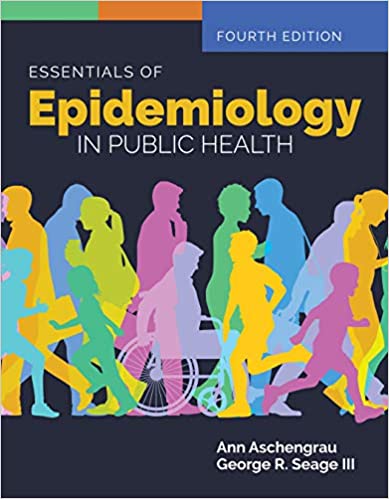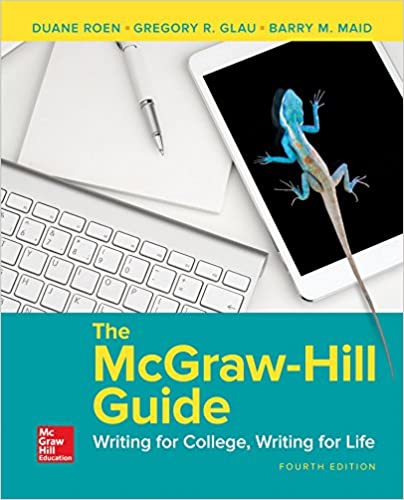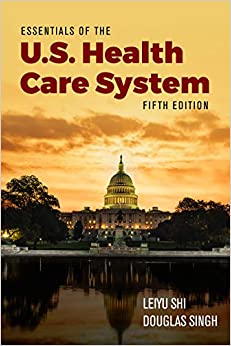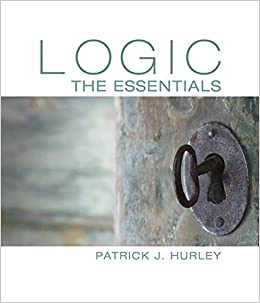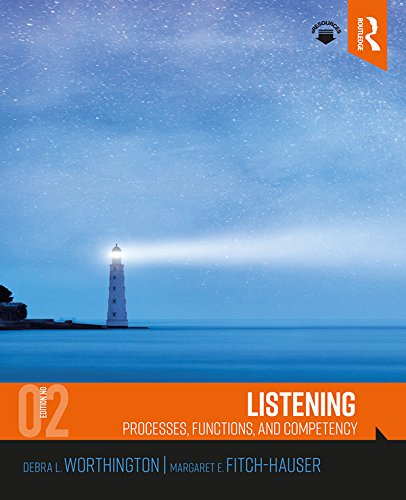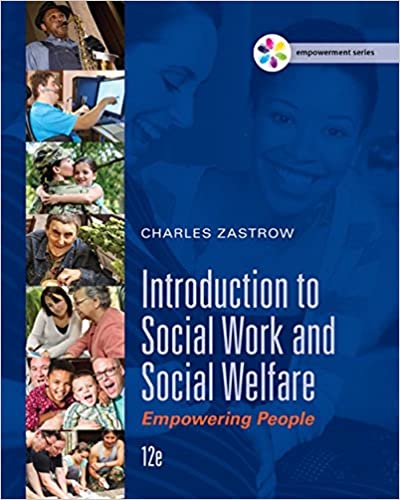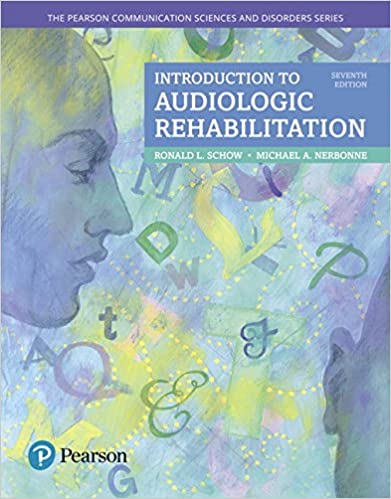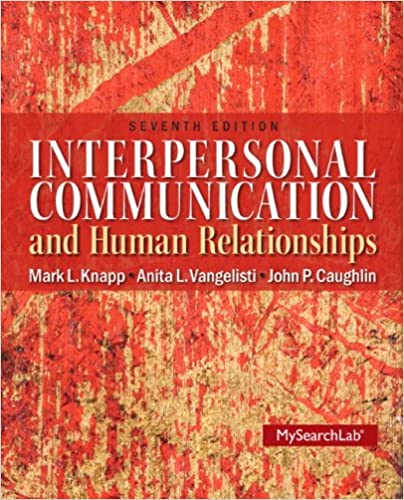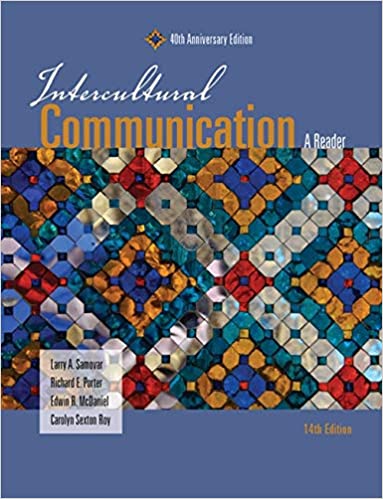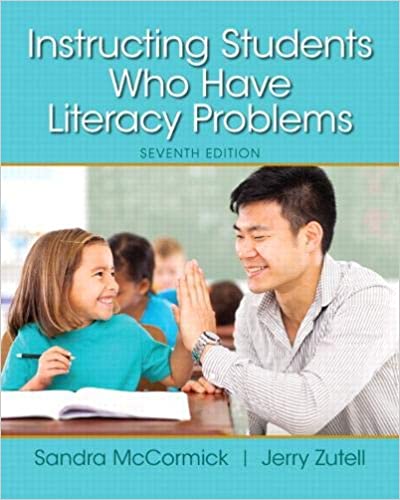
Monday, December 21, 2020
Give Students The Experience Of Making A Difference - EbooksCheaper.com

The attraction and promise of social and emotional learning (SEL) is that it’s a unifying concept for coordinating school, family, and community partnerships for drug and violence prevention, positive youth development, health promotion, character education, and service-learning. If you think about effective SEL programming, the goal is to make sure that it is integrated explicitly with academic instruction, coordinated with health promotion efforts and also connected to citizenship efforts. The goal of education is to educate knowledgeable, responsible, respectful, healthy, and caring students.
Superintendents provide four Cs to make social and emotional learning happen: fostering commitment at all levels, coherent coordination in planning and implementation, capacity to support quality programming, and continuity from year to year to ensure institutionalization.
We live in an atmosphere that is often too focused on accountability and testing. In education, we need to enlarge our thinking and actions, not just for the future of our children, but the future of our nation. I want to make three points. First, children learn as much, if not more, from the climate and culture of the school as they do from academics. Second, we have to think about social and emotional learning as one of the core elements of the curriculum. We need to think about scope and sequence for social and emotional learning in the same way that we provide for them in basic academic programs. There is no difference between the kind of program that we should provide in math, science, social studies, or English and what we do in SEL. And third, it takes time. We believe that the most effective means of creating safe, secure, and drug-free schools for students and adults is through the integration of challenging academics with a commitment to a nurturing, caring, and civil community. The most effective schools can give young people a sense of meaning in their own lives, a sense of connection to others, an appreciation for diversity, and the ability to resolve differences. Schools can also give students the experience of making a difference to others in the world around them.
There are many pieces to the social-emotional learning puzzle. It encompasses service-learning, citizenship, character education, and performance and prevention programs. These are the values upon which our nation’s schools were founded. These are the values that were important several hundred years ago and continue to be very important today. In looking at reform and accountability, we need to remember that, in rethinking what students learn, and at what level, we also need to rethink how they learn. I believe that education works best when students are able to see a larger purpose to their actions, when they realize that what they are learning in school can be utilized to solve real problems and help others. Students gain great confidence when they see that their knowledge can have a direct and positive impact on their community and their nation.
It’s so important for children to be in a safe learning environment where social and emotional needs are met—not just for children, but for all who participate in that learning environment. That includes everyone who works in or with schools.I realized from my own research and the research that others had done that there are three common themes of why people act in moral ways and take moral action in the larger environment. (1) A connected sense of self. When someone feels a deep connection to another, or just simply a connection to someone else’s suffering, the kind of response we have when we hear about an earthquake in a different country, or our response to 9/11 and the pain that we knew others were experiencing. It could be environmental as well, knowing that species are dying and feeling in some way the devastation that is occurring in our environment. (2) A moral identity. This is a deep moral commitment to a code of ethics and values that are important. (3) A larger sense of meaning. One of the motivators of action is a sense that you are trying to do something larger than yourself. This is a sense, sometimes religious and sometimes secular, that you want to leave the world a little better than the way you found it. In terms of fostering a connected sense of self, we focus on the teaching of empathy and social skills. To develop a moral identity, we focus on ethics. To develop a larger sense of meaning, we focus on service. To create a caring, ethical, and engaged community means to convert what we know about why people take action into the kinds of programs that we can provide in schools.
We know that allowing children to become sensitive observers of the feeling states of others is a critical skill in helping them develop empathy. We also have to help them understand the causes of those feelings and learn appropriate ways to respond to others’ feelings and to resolve differences. First, we teach cooperation through structured activities. Second, we teach empathy through new programs. Third, we develop social values through a range of ethics-based literature that we’ve including in our curriculum. Fourth, we’re trying to create a sense of community in the classroom. And finally, we’re teaching children about helping skills through community service-learning activities. Though these are the programs that we have selected to use, there are a whole variety of excellent programs available to schools.
There’s little evidence to show that moralizing to children or giving them direct instruction in moral principles has much impact. What seems to work best is considered dialogue about moral dilemmas, practicing situations of moral conflict, and role modeling by adults. How we’ve transformed that into practice is by integrating social literature and dialogue about ethical dilemmas into every grade level.
Students walk away with the understanding that you are either part of the problem or part of the solution, but you can’t sit on the fence. In terms of role modeling by adults, it means that we need to focus on our behavior, on how we project ourselves. We can provide strong role models while practicing situations of moral conflict or through participating in the social action of service-learning. Again, it is crucial to take service-learning to another level by having structured reflection time that includes raising ethical questions about the implications of the service experiences. And finally, it is important to have student involvement in decision making. When students become involved in decisions, they are able to see the ethical dilemmas that we all face and begin to struggle with those dilemmas.
Community service learning is a teaching methodology that seeks to engage students in active civic participation through thoughtfully organized service experiences. What we’ve tried to do is integrate community service-learning into all classes and grade levels in a way that enhances the effectiveness of the instructional program so it isn’t just community service. It is really service-learning that is tied deeply to the curriculum. We do this in a way that provides students with service-learning experiences marked by continuity, depth, and meaningfulness. We focus on empathy, ethics, and service.
We’re taking the bold step of creating a democratic high school in which small groups of students, facilitated by students, will have regular opportunities to discuss school-related issues. And finally, students at every level are engaged in service-learning.
Service-learning is a wonderful means for helping students learn to solve real-world problems and gain needed academic skills at the same time. Our service-learning projects are tied to the curriculum as well as to the community and let students apply their skills as they are being learned. Students should not have to wait until they graduate to apply the knowledge gained in school. This kind of engagement creates a much more successful learner, allowing students to simultaneously improve self-concept and academic achievement.
Teachers are expected to look for the teachable moment and impart character education through literature, history, and other discussions. We strive to provide an environment where children can have an appreciation for each other’s culture and feel comfortable with their differences. The behavioral health professionals regularly sit in on classes, observing children and helping them to learn. They work with families and help to find appropriate school and community resources to support them. They suggest strategies to teachers for more effectively helping students.
Once you have consistent rules, it is important to empower teachers to be effective classroom managers who are confident about and capable of enforcing rules. The result is that we’re seeing fewer suspensions and expulsions, and administrators are able to deal with truly serious issues, rather than having their time taken up by meeting with students who forgot their homework or talk back to a teacher. We realized the importance of looking at the whole child and surrounding every child with an effective support system. We knew that we had to address these issues at the youngest possible age so that the problems don’t get worse as children get older. We became committed to teaching conflict resolution skills to kids so that they could address problems effectively.
Leadership is a very important concept in not only the beginnings of a program, but in sustaining it. Change is a great challenge for leaders, and it’s also important to have the orientation and training of the entire learning community. Updates to the board of education are very important because, without a strong and supportive board, you are not likely to get the program underway. Resiliency is the mark of a good leader, and a good leader is not captivated by the negative situation. When conducting interviews with prospective teachers and administrators, we look for people who have knowledge of and experience with social and emotional learning. We ask them questions about this topic and are able to hire them to be part of the team. It’s a team effort that helps to achieve this. It’s also helpful to have collaboration with teacher preparation programs. It’s imperative that teachers come to you with some sort of knowledge about social and emotional learning so that you can then build upon that knowledge in your professional development plans. We as educators are obligated to seek new opportunities to improve education and be innovative. Further, in our quest for accountability, let us not lose sight of the fact we are responsible for teaching the whole child: mind, body, and heart.
High academic performance and social and emotional learning are very much connected, and only when we integrate them are we truly preparing students for this 21st century and our global society. Schools with high student achievement and morale create a culture of excellence. Be sure to use data to attract and support interest in social and emotional learning; there’s lots of it, and it’s exciting to discover. There’s wonderful data in service-learning as well as character education. Keep your community informed and supportive. People overwhelmingly endorse social and emotional learning once they know about it. You must own a vision of what is possible and be able to articulate that vision with great intensity. There has to be so much intensity that all those who hear it will own it as well.
We distributed a survey to 625 new teachers in California to find out about their priorities for training. Academic teaching—teaching content in subjects such as math and English—was fifteenth on the list. The top concern was classroom management—how to create a safe, productive, and respectful classroom environment. The second most prominent concern was what teachers could do to help kids when there is a problem. Professional development can’t be stressed enough. We need to make sure that we can give teachers evidence- based research that addresses the social and emotional learning needs of students. Teachers need to understand that SEL does not conflict with their need to reach standards and improve test scores. In fact, by paying attention to issues such as mental health, bullying, and conflict resolution, teachers will also help their students to raise test scores.
Classroom teachers frequently feel that they’re out of the loop. Often we use a train-the-trainer model and the needed messages get diluted by the time they reach the classroom teacher. The teacher is our first line of defense. The first person who sees every single child in crisis or showing some kind of warning sign is the teacher. So we need to take some time as a group to find ways to get to the classroom teachers and make sure that professional development addresses their needs. What I have found out from my experience is a lot of this is about relationship issues; a lot of this is about helping students to assume increasingly responsible, respected roles in the adult society around them. A lot of this is how we help secondary victims of the violence; and a lot of this is about educational leadership and the kinds of skills that educational leaders need to be effective in today’s world. We need to find educational leaders who give top-down support for bottom-up reclamation. Our education leaders are no longer managers of a facility. They have to be good listeners, role models, and team players. They have to be facilitators of learning who can address the needs of their particular site. They have to make certain that the school is safe and inviting at all times, including at night and on weekends when many activities happen. We have to have a safety net developed across our schools and district so that we can continue to find ways to protect our most valuable resource, our children.
Megan Wilson is a teacher, life strategist, successful entrepreneur, inspirational keynote speaker and founder of https://Ebookscheaper.com. Megan champions a radical rethink of our school systems; she calls on educators to teach both intuition and logic to cultivate creativity and create bold thinkers.
Source: https://ebookscheaper.com/2020/12/17/give-students-the-experience-of-making-a-difference/
Friday, December 18, 2020
Introducing EbooksCheaper.com - One Stop Shop For Quality eBooks At Slashed Prices

Miami, FL - Ebooks Cheaper today announced the launch of its new eBook retail platform. The store is nicely laid out and designed for browsing and discovery. Enter a whole new universe of options for children and inspire a love of reading. The new website now gives the ability to enjoy eBooks using a wide range of technologies. The company hopes to differentiate itself by reducing the time required for a customer purchase and offering an extensive inventory of titles in multiple, secure formats. Customers will be able to make their selection faster from over 2,000 titles in addition to a robust search tool and will be able to maintain their own “wish list” and enjoy free membership. Plans are for hundreds of titles to be added each month from new publishers. Central to the change is an entire new suite of capabilities designed to deliver a more satisfying purchasing experience.
They include:
- Expanded Inventory: Customers now have access to over 2,000 eBook titles – making the eBook Store one of the largest selection of eBooks in the marketplace today.
- New and improved Search Engine: Using state-of-the-art technology, the site offers different ways to filter search results from its “Advanced Search” page.
- Customer Integration: User reviews and ratings along with a customer avatar upload feature and Social Networking Element like Facebook and Twitter connectivity.
- Deal of the Day: Each day, a significantly reduced eBook featured on the homepage.
- Test Drives: First-time customers will have the opportunity to test drive free eBooks.
- Bundles: Customers can build their own eBook bundles based on specific themes they create.
Are eBooks cheaper than textbooks? New releases are usually cheaper as eBooks. If you prefer to buy books rather than borrowing from a library or a friend, you can save some money by sticking to digital releases. eBooks are typically released at the same time as their print counterparts but are often cheaper to purchase. Some people argue that ebooks should naturally be less expensive because there is no cost to print the book, there's no cost of paper, and no shipping expenses. Often times ebooks are priced lower than paper book copies, but newer titles from big publishers can get pretty pricey. Digital textbooks may be less expensive and make your book bag significantly lighter, but there is more to the cost than just money. Students will have a better chance in school if they learn from PDF textbooks.
Megan Wilson, CEO of EbooksCheaper says "the eBook Store was designed as a family friendly place with as wide a range of eBooks that are good for children as any place on earth! EbooksCheaper delivers tangible results to educators seeking to improve academic performance. We believe the company is well-positioned to grow, and are enthusiastic about management's plans for accelerated investment in product development and add-on acquisitions. You can find the books to inspire your child alongside books that educate and entertain them. Let them browse away for hours while they are waiting to grow up tall enough to enter the roller coaster ride of their dreams. Just click once and transport them to a safe and family friendly place!"
About us: EbooksCheaper.com (https://ebookscheaper.com/) believes in offering the broadest selection possible and aggressive pricing. We currently carry over 2,000 eBooks from the major publishers and small publishing houses. Our goal is to make it easy for you to find good quality eBooks, all in one place. eBooks are here to stay and we want to provide a quality site where people can find what they need quickly and easily. We strive to produce a large variety of eBooks for our readers pleasure and edification. With eBooks you can have the information you've been looking for in front of you in a matter of minutes! Plus you can search them, and have multiple copies at various locations. How can paper books compete?
Thursday, December 17, 2020
The Role Of Education Leaders In Establishing Sound Prevention Practices - ebookschoice.com
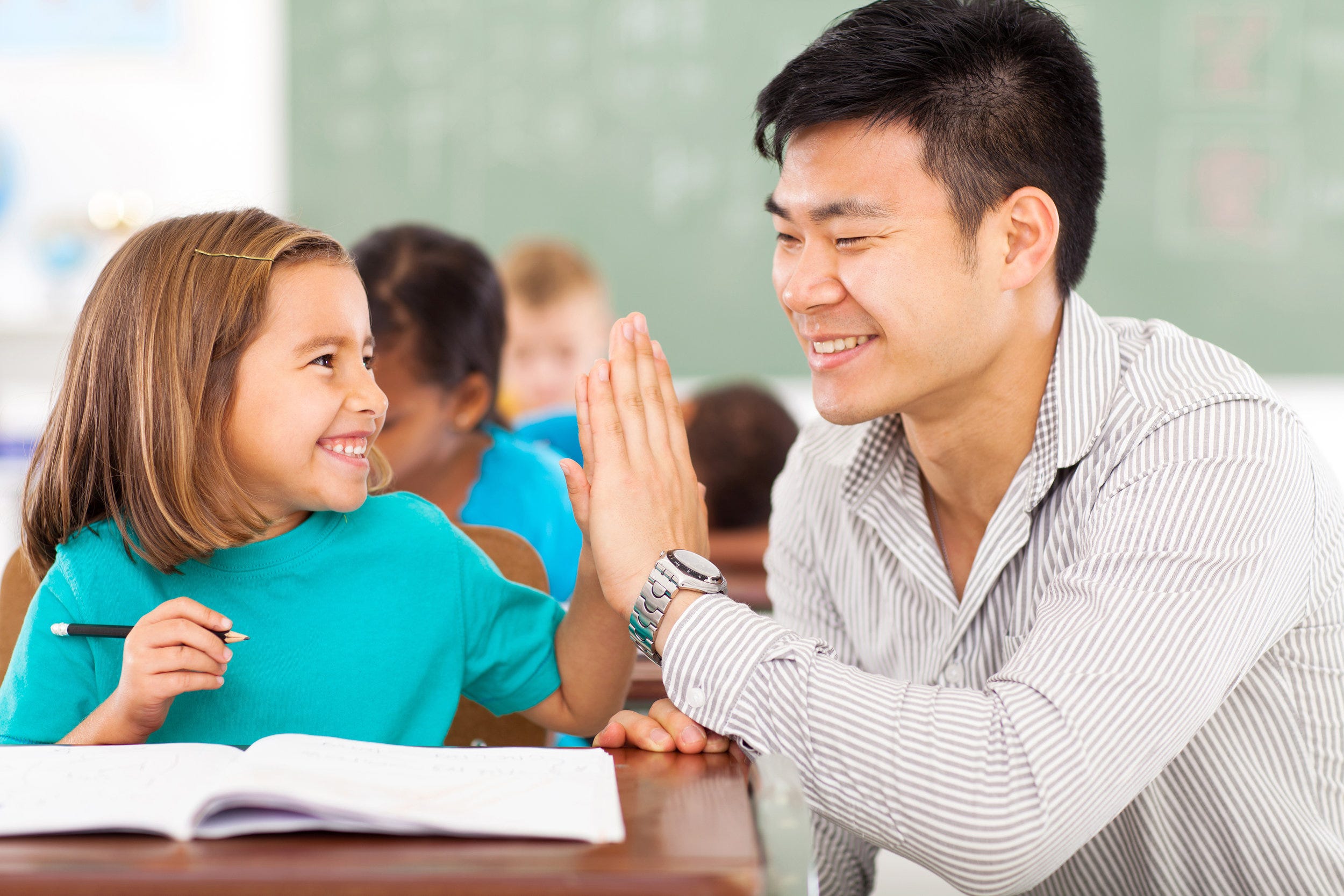
We are all invested in the creation of safe and drug-free schools. As parents kiss their children good-bye in the morning, they want to know that their kids will return safely to them that afternoon. All teachers and principals want to enter their school building each day knowing that it will be a full day for education. Every superintendent wants the same thing: a safe institution where students, teachers, and principals can get down to the business of education. But the reality is that a host of inappropriate, disruptive, sometimes violent incidents occur annually. Statistics reveal incidents in which teachers were the victim, guns brought to school and uncounted acts of bullying, teasing, hazing, and physically nonviolent behavior. What is it that drives our children to commit these acts? Truly, all of us know the full breadth of the issues that face our students daily. Indeed, what affects the student outside the school affects that student, the teachers, and administrators inside the school. Here are a few statistics:
- 1 in 2 American children will live in a single-parent family at some point in childhood.
- 3 in 5 preschoolers have their mother in the work force.
- 1 in 1,045 will be killed by a gun before reaching age 20.
Clearly, there is enough going on here to see that, in addition to an academic focus, schools need to be attentive to the social and emotional needs of students. We can work with students to help them meet their academic goals, but if those children are unable to cope with the pressures applied by today’s society, they will not attain academic success. Yet—despite all the media hype to the contrary—schools remain the safest place for our children. But it is also true that the violence that afflicts society has slowly crept into our schools. In recent years, drastic changes in the family structure, along with other societal changes, have led to new challenges. Schools are pressed to find ways to meet the needs of all children. Parents and other constituencies have found their voice and are crying for the achievement gap to be closed. Lawmakers have taken heed and now, more than ever, and states have brought assessment and accountability into focus. The work of our schools has become incredibly complex as different stakeholders compete for priority.
A critical goal of the superintendent is to establish a clear vision and direction for the school district. If the vision is derived from the information presented by the diverse competing constituencies and based on scientifically rigorous evidence, then that collective vision will be one that all stakeholders can share. The guiding question then is: Given the context within which children come to school, what can schools do to help students develop good social skills so they can interact positively? In light of the changing economic and social structure, it is clear that adult nurturing, guidance, and support must come from all facets—the home, the school, and the community—if we are to prevent negative outcomes. Our vision is that a healthy community can collaborate to achieve positive outcomes when guided by the basic principles of academic, social, and emotional learning. And we were successful in attaining partnerships at multiple levels: locally, with the county, and even at the state level. We saw a reduction in discipline referrals and the dropout rate. And we achieved an increase in the number of graduates and the number of those bound for college. Our goal is to share ways in which superintendents can support the creation of safe, supportive, and high-achieving schools.
While the superintendents had different stories to share, their work all began with an individual vision which then blossomed into a collective, community-wide vision. Such core values as academic, social, and emotional learning are an essential part of the big picture. In the end, what is it we hope to achieve? In the short term, we want to ensure that our schools are safe havens in which all students can learn, and this means safe, drug-free, violence-free schools. But we also cannot lose sight that—in the long term, over time—the creation of safe and supportive school communities should be integrated and comprehensive, not merely an add-on. We also want to ensure that we develop lifelong learners who—because they are well-educated, responsible, and respectful—can be active, contributing members in our 21st-century global society. The creation of schools and districts focused on academic, social, and emotional learning.
What is the best approach to show your school board that youth are not just a problem, but that youth can make a difference in people’s lives? There is no more important effort than including young people in this whole conversation. One of the things that we are doing is to create a more democratic environment, especially in our high schools, but at all levels. I think it starts even at the elementary level. For example, many schools are using class meetings as a way to bring out youth voice. The adults in our society often think that young people don’t have something of value to contribute. Look for adults who will bring you forward to the board to talk about the kinds of wonderful things that you have been doing, and to build those alliances and not give up. Keep coming back to the school board with whatever initiatives you would like. And keep coming back to administrators to show that you have something of value to offer. It is key that your voice is not lost in this dialogue. If you want to get the school board’s attention, show up every time and take the three minutes or whatever time allotted for guests to speak. They won’t want to ignore you, especially when they are running for re-election. Make an appointment with each school board member and visit with him or her individually, since they all have office hours. You will have their attention.
The new teachers who came in are very willing to learn. A superintendent or a principal cannot do it alone. There have to be teachers in the school who are aligned with these philosophies. Start a pilot program and collect the data, and the data will be very impressive. Then the board and other teachers and the community cannot doubt what the data shows. There are many places to plant those seeds. You have to have perseverance.
As superintendents and administrators, we are interested, but we work within a political context. And in fact, there are certain things we are capable of doing and certain things we are not. When I was a teacher, I learned from one of my principals a philosophy of “let your fast horses run.” In other words, find the people who are your advocates and let them do the things that they would like to do in terms of social-emotional programming and other areas in which you want to move forward. Many times, we’re surprised about where the seeds come from. We should be open to surprises and look for those people who really care about this, but may not know how to proceed and encourage them to take action.
In this country, one of the biggest things we have done is said that children need to be in school in a safe learning environment. It’s the goal of almost every district in the country. If it’s the goal, then every superintendent should hold the administration accountable for making sure that there is substantial progress towards that goal. The principal also has to hold the staff accountable. I think we need to start forcing the seeds, not just planting them. The guidance counselors are key in creating a positive climate and culture. They can be instrumental in moving the district forward in social-emotional learning. While each district utilizes distinct approaches, the superintendents all share a common vision: to create multiple, system-wide structures of support that simultaneously address the academic, social, and emotional needs of all students.
Jeff C. Palmer is a teacher, success coach, trainer, Certified Master of Web Copywriting and founder of https://Ebookschoice.com. Jeff is a prolific writer, Senior Research Associate and Infopreneur having written many eBooks, articles and special reports.
Source: https://ebookschoice.com/the-role-of-education-leaders-in-establishing-sound-prevention-practices/

